My DH said to me as I came home from a morning out, “Kerry’s wife is out of town, so I invited him over for dinner; hope that was okay!” Well, sure, it was, but I needed to scramble to figure out what to make. I defrosted chicken breasts and made a quick grocery list. DH went shopping for that as well as for all the food we’ll need this weekend for family coming to visit. I’m preparing all new stuff for that, with only one recipe I’ve ever made before, and it’s not on the blog. So a bunch of new recipes to come.
Digging through my files I came across one from a cooking class I took eons (like 20 years) ago, taught by Alan Greeley, a well-known chef/owner of The Golden Truffle. An institution in our part of the world. For whatever reason, we rarely go there. It’s a distance to drive (30 minutes), but their food is good, so don’t know why it’s not on our go-out-to-dinner radar.
First I found a quinoa recipe that sounded good, and to me, the grilled chicken was perfect to serve with it. The quinoa salad had a slightly Asian twist to it (recipe to come), so this chicken rendition, which also contained a squirt of soy sauce, was a perfect accompaniment. The chicken didn’t quite get to marinate the full 5 hours (recipe said up to 5 hours), but it got about 2 hours, and I used my handy-dandy vacuum container to help the chicken absorb some of it.
The sauce has a myriad of ingredients – jarred chile sauce, fresh lemon and lime juices, brown sugar, soy, garlic, coarse ground mustard, salt, Worcestershire, chipotle chile and balsamic vinegar. And you know that if a sauce like this has sugar in it, (there’s sugar in bottled chile sauce too) it will tend to burn and/or stick to the grill. Cooking at a lower heat is your secret to success. The sauce is piquant (one of my favorite words when something is both sweet and sour), which comes from the sugar and the citrus juices. The original recipe also called for the zest and juice of an orange, but I didn’t use that part. What makes this recipe Belizean is probably the use of the fresh citrus juices and the chipotle chile. The original recipe also called for some habanero, but I thought it was hot enough with just the chipotle. You can add a jalapeno chile if you’d like – mince it up and add at the beginning. What’s probably not Belizean is balsamic vinegar. But hey, it’s one of those great umami tastes, so why not?
Save a little bit of the barbecue sauce just after you make it, as it tastes good as a dollop on top of the chicken when it’s served. Do not serve any of the sauce that has been in contact with the raw chicken! Salmonella fast track there!
Grill the chicken as you normally would – don’t overcook it – the chicken breasts I used were relatively thin and didn’t need pounding, and they cooked through in about 3 minutes per side. Then I put a spoonful of the sauce on top and served it. I happened to have some fennel fronds on my chopping board (that went in the quinoa salad) so I put that on top. Cilantro would be the more obvious choice if you have it. I have leftover sauce (I made the full recipe, but only marinated 3 chicken breasts) so will make this again in the next week or so and try grilling the chicken on the outdoor grill; we’ll see how that works.
What I liked: how easy it was to make the sauce (simmered for about 20 minutes). It’s a different kind of sauce – not your typical barbecue sauce – much of the flavor comes from the jarred chile sauce, a tomato-based one. Tasting the sauce by itself it’s hard to pick out what is in it. It was great – not necessarily the most flavorful I’ve ever made, but it was very good.
What I didn’t like: how quickly you can burn the chicken (because of the sugar in the sauce), so do use a low temp.
printer-friendly PDF
MasterCook 5+ import file (click to run, right click to save file)
Grilled Chicken Breasts with Belize Barbecue Sauce
Recipe By: Adapted from a cooking class at The Golden Truffle,
Costa Mesa, California (about 1985)
Serving Size: 8
NOTES: If you happen to have an orange on hand, you can zest it and add the juice to the sauce.
8 boneless skinless chicken breast halves
minced cilantro or chopped fennel fronds for garnish
BBQ SAUCE:
3/4 cup chili sauce — jarred
1/4 cup fresh lemon juice
2 tablespoons fresh lime juice
1 tablespoon light brown sugar
2 tablespoons soy sauce
1 large garlic clove — crushed
2 teaspoons chipotle chile canned in adobo
2 tablespoons coarse grain mustard
1/2 teaspoon salt
2 tablespoons Worcestershire sauce
2 tablespoons balsamic vinegar
1. Combine the BBQ sauce ingredients in a small saucepan. Bring to a simmer and cook for about 20 minutes. Stir frequently and don’t allow it to burn.
2. Remove from heat and allow to cool to room temperature.
3. Pound the chicken breasts to an even thickness between two pieces of plastic wrap.
4. Combine in a plastic bag about 3/4 of the batch of sauce. Add chicken and squish it around so all sides of the chicken breasts are covered in sauce. Refrigerate up to 5 hours.
5. Heat an indoor stovetop grill to medium heat. Slather some vegetable oil on the grill (or you may barbecue the chicken on an outdoor grill if you’d prefer) and add the chicken breasts. Turn to grill on both sides and cook for about 2-4 minutes per side, or until chicken is tender and no longer pink inside. Test the chicken – cut into a thick part and make sure it’s just cooked through. Serve chicken with the remaining sauce on the side so each serving has a bit more. Sprinkle top with some minced cilantro or fennel fronds, if desired.
Per Serving: 152 Calories; 2g Fat (10.9% calories from fat); 28g Protein; 5g Carbohydrate; 1g Dietary Fiber; 68mg Cholesterol; 565mg Sodium.





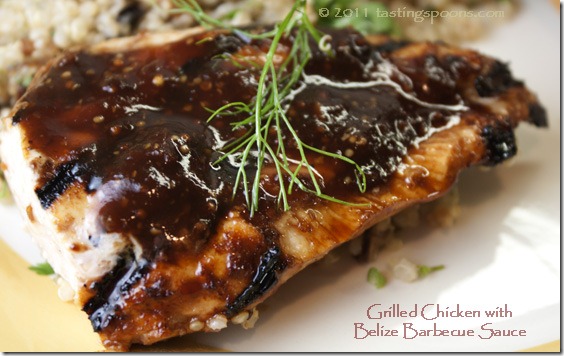

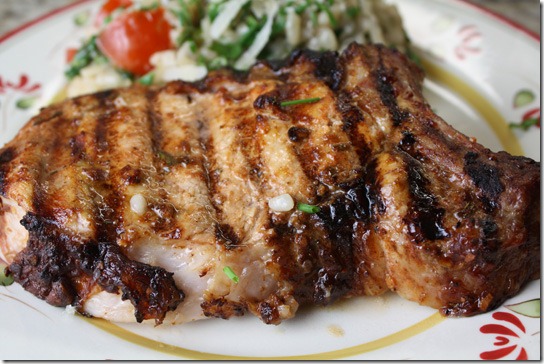
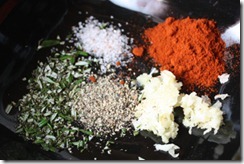
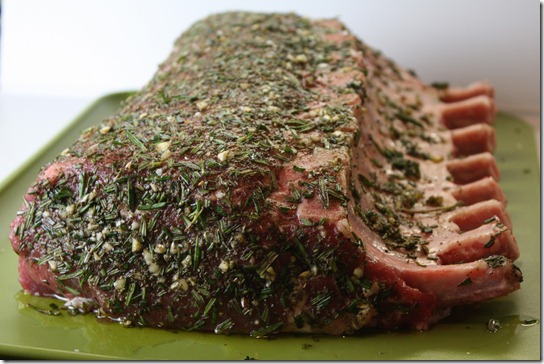
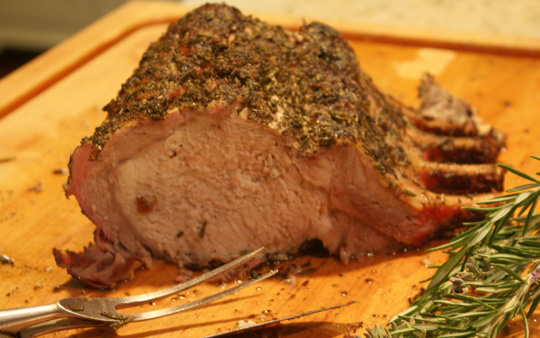
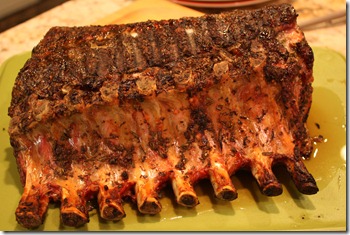
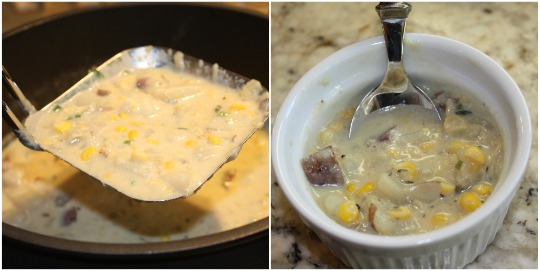
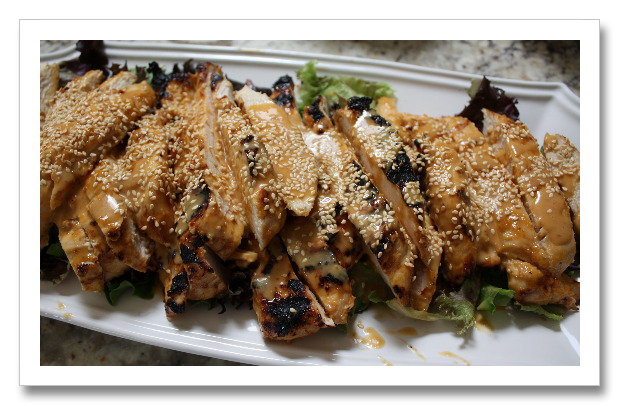
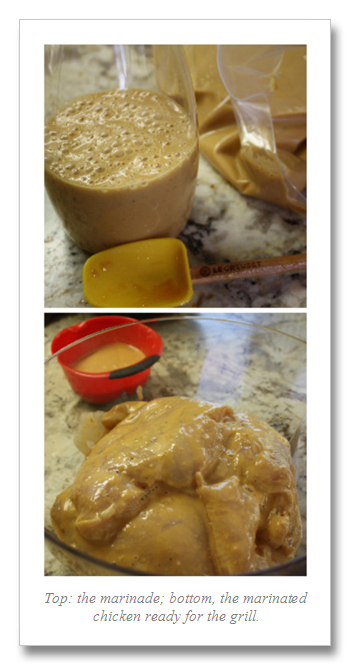
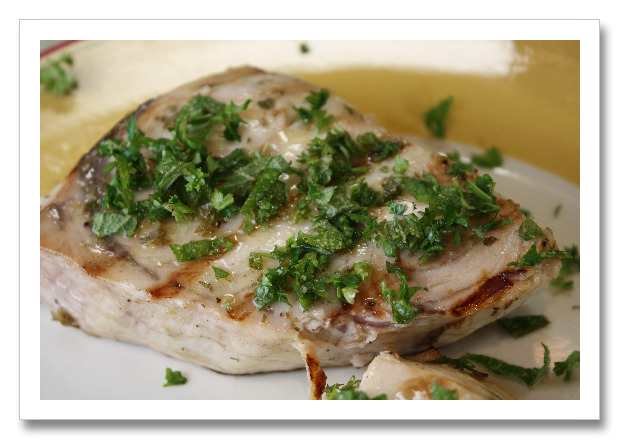
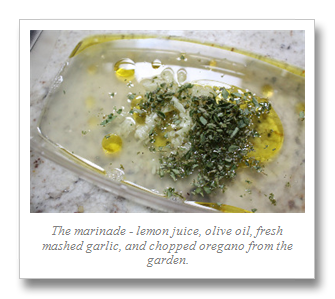
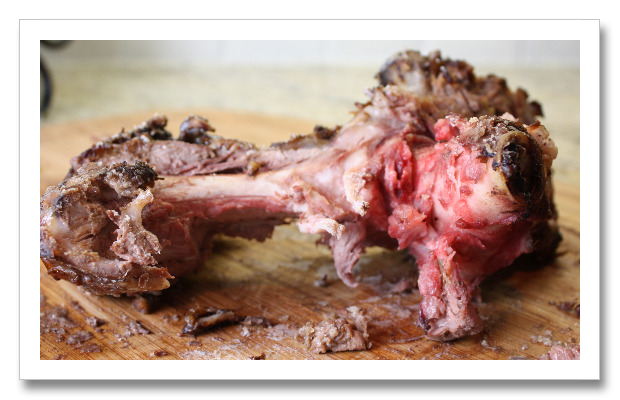
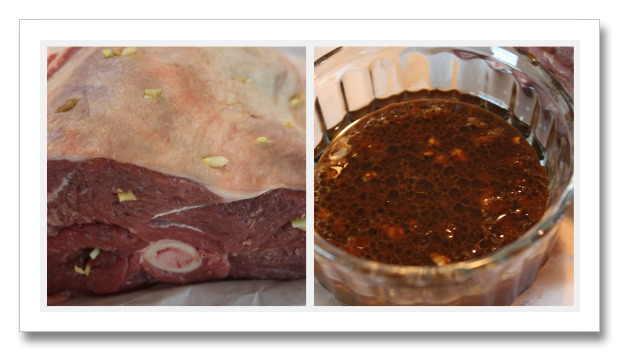
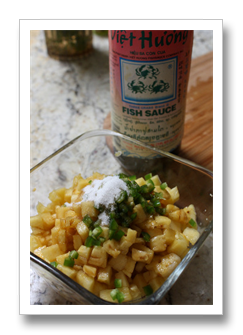
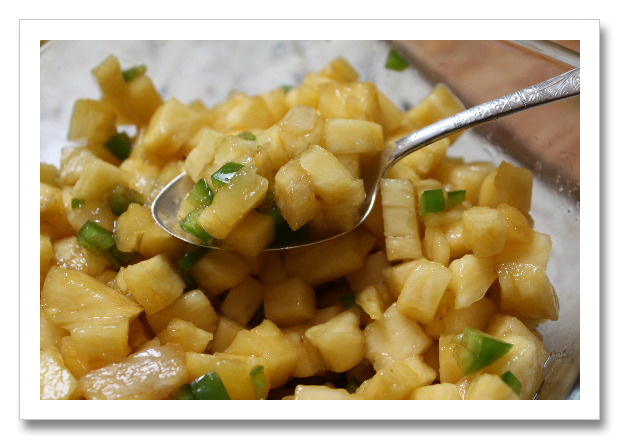
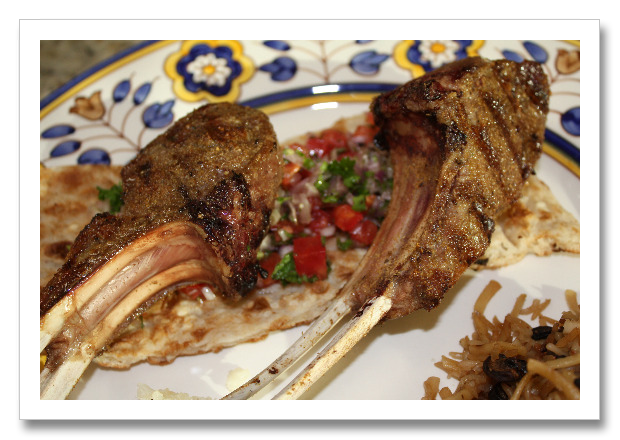
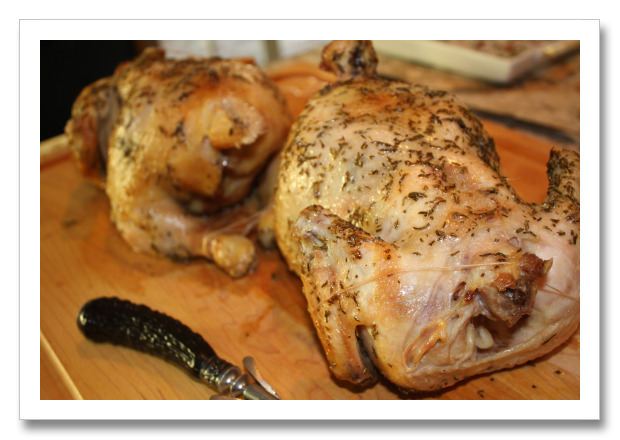
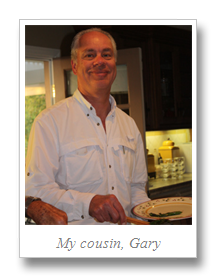
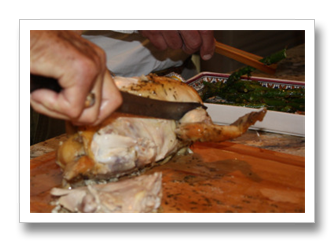
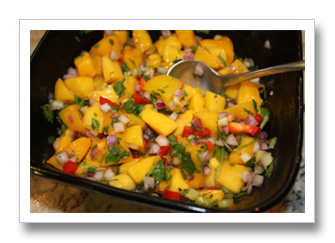
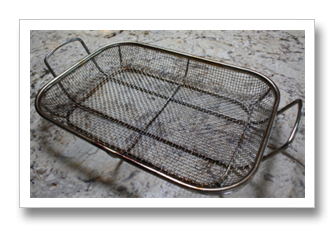
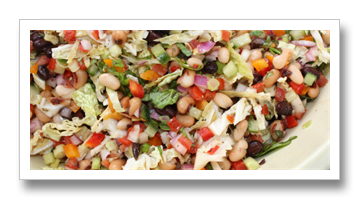
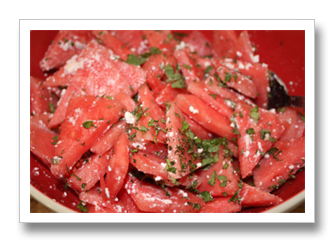
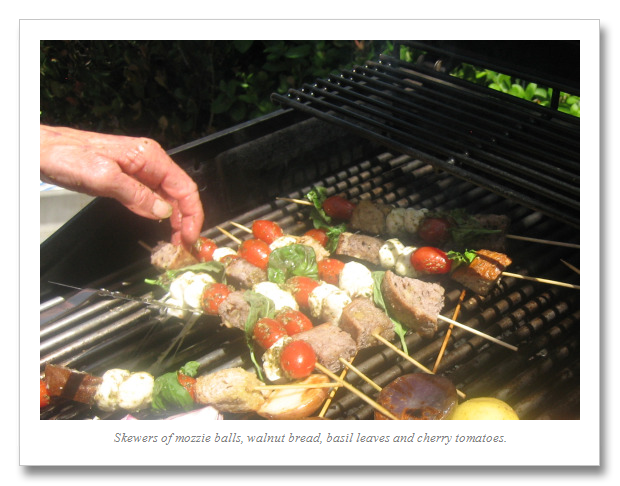
Leave a Comment!